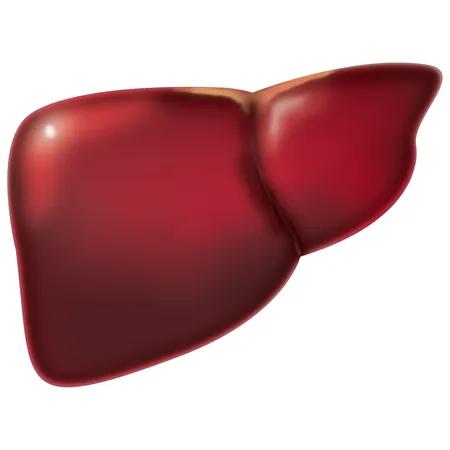
Transformative Organ Allocation Reforms Save Lives: Children with Liver Failure Experience Remarkable Survival Boost
2024-10-02
Author: Daniel
Introduction
In a groundbreaking revelation, liver transplantation emerges as the sole cure for pediatric acute liver failure (PALF), a dire and accelerating illness afflicting previously healthy children. Unfortunately, for some, timely access to transplants remains elusive due to a dire shortage of suitable donor organs.
Organ Allocation Reforms
The Organ Procurement and Transplantation Network (OPTN) has initiated significant overhauls to its organ allocation policies over the years, focusing on prioritizing sicker children above adults and broadening the geographical reach for donor organs. A recent study spearheaded by Children's Hospital Los Angeles has illuminated the positive effects these changes have had on survival rates for children grappling with PALF.
Research Findings
The research team undertook a retrospective cohort study analyzing data from 1,495 PALF patients to assess how alterations in patient prioritization and organ allocation shaped waitlist mortality and post-transplant survival rates. Their findings were prominently featured in JAMA Surgery.
Dr. Juliet Emamaullee, a key investigator and Research Director at the Division of Abdominal Organ Transplantation, expressed surprise at the lack of previous studies on this critical issue. Her team categorized the sequential changes in allocation over a twenty-year span into three distinct eras, facilitating a comparison of patient outcomes throughout these periods.
Outcomes of Policy Changes
The results were striking. “We observed that the intentional policy changes relating to acute liver failure in children and the prioritization of children on the waiting list resulted in clinically meaningful and statistically significant improved outcomes,” Dr. Emamaullee noted.
Reduction in Risk Factors
The study unearthed data surrounding various risk factors impacting outcomes. It became evident that children under two years old—who are particularly hard to match with appropriately sized livers—or those of Hispanic ethnicity experienced elevated risks of post-transplant mortality in earlier eras. Yet, as policies were reformed by Era 3, these adverse effects seemed to diminish significantly. Remarkably, the risk of graft failure for those under two also notably declined after the policy adjustments.
Dr. Emamaullee pointed out the challenge of finding size-matched organs for younger patients, stating, "Most of the kids that we transplant are under five, and so finding size-matched organs is really difficult." She credited the success of her center to its innovative approach in utilizing split adult livers, known as segmental grafts, enabling the transplantation of adult organs into smaller children.
Access to Quality Organs
Despite the complexity of aligning adult organ sizes with those of children, recent policy shifts have facilitated access to younger, smaller donors from a broader geographic area. This has resulted in higher-quality organs being used, leading to better matches in terms of body size. As transplant programs adapted, the success rates for split-liver grafts also improved.
CHLA stands out as one of the few centers in the U.S. qualified to perform this complex procedure, highlighting the specialized training and expertise required to execute it effectively.
Conclusion
This study illustrates that these policy changes were associated with dramatically reduced mortality rates on the pediatric waiting list, as well as increased transplant rates and improved post-transplant outcomes,” concluded Dr. Emamaullee.
As healthcare policies continue evolving, the ongoing scrutiny of organ allocation systems emphasizes the importance of research in driving life-saving reforms. This means more children with liver failure can finally look forward to the gift of life – a vital transplant that means the world to them and their families. The continued efforts of dedicated medical professionals are crucial in pushing these advancements forward, illuminating a path to better health outcomes for the youngest and most vulnerable patients.



 Brasil (PT)
Brasil (PT)
 Canada (EN)
Canada (EN)
 Chile (ES)
Chile (ES)
 España (ES)
España (ES)
 France (FR)
France (FR)
 Hong Kong (EN)
Hong Kong (EN)
 Italia (IT)
Italia (IT)
 日本 (JA)
日本 (JA)
 Magyarország (HU)
Magyarország (HU)
 Norge (NO)
Norge (NO)
 Polska (PL)
Polska (PL)
 Schweiz (DE)
Schweiz (DE)
 Singapore (EN)
Singapore (EN)
 Sverige (SV)
Sverige (SV)
 Suomi (FI)
Suomi (FI)
 Türkiye (TR)
Türkiye (TR)